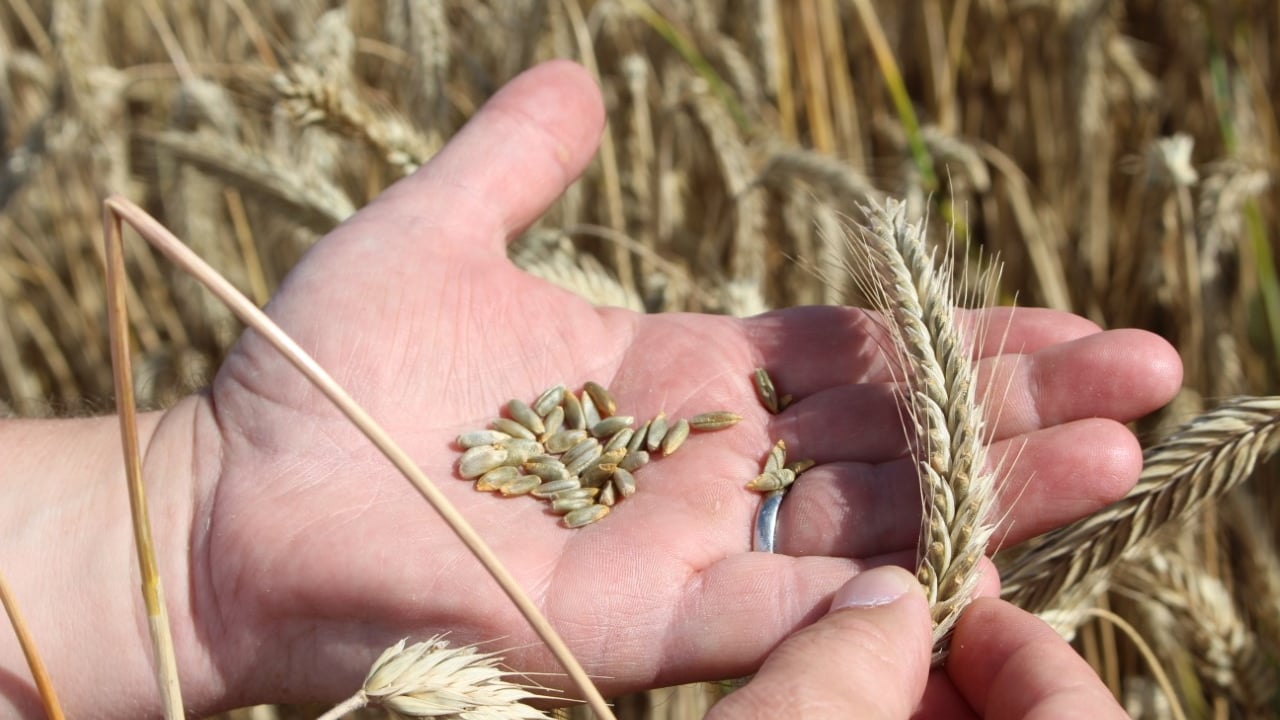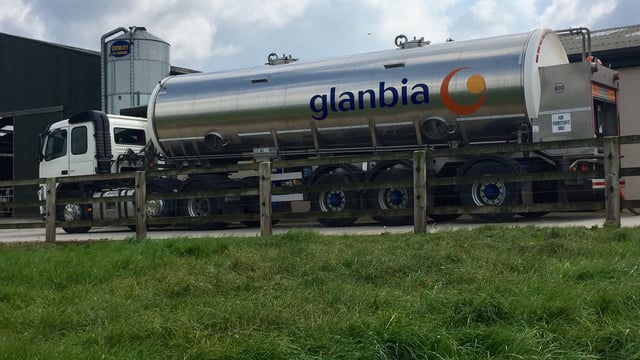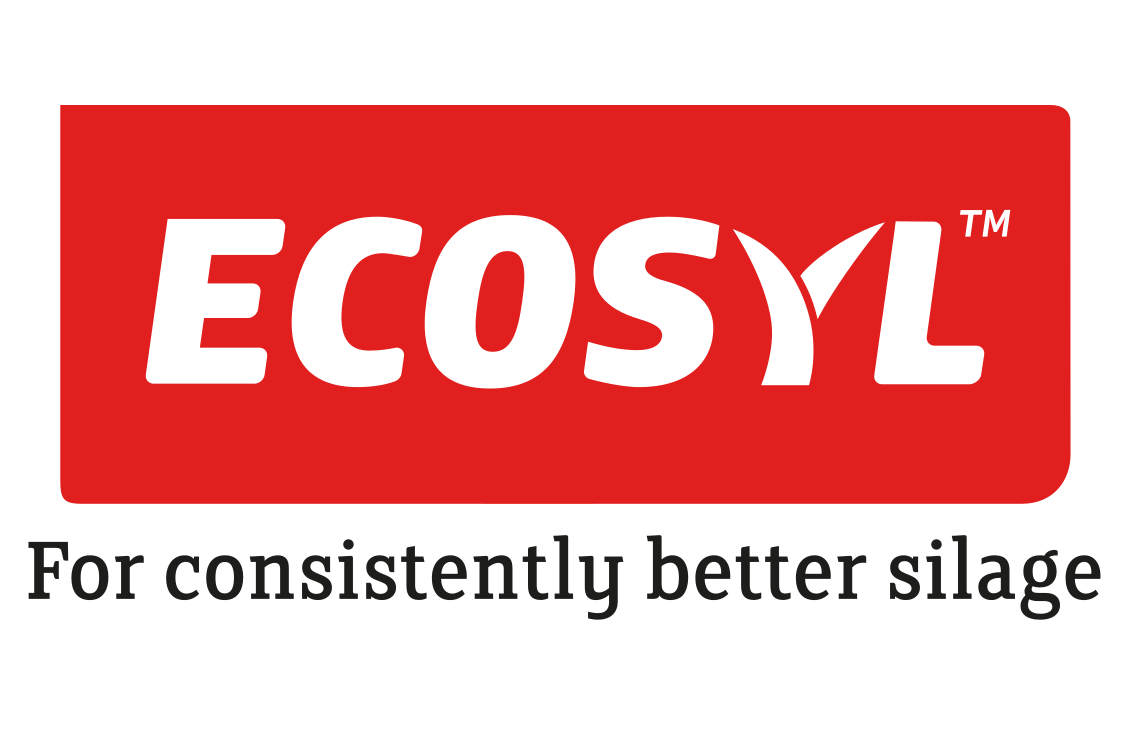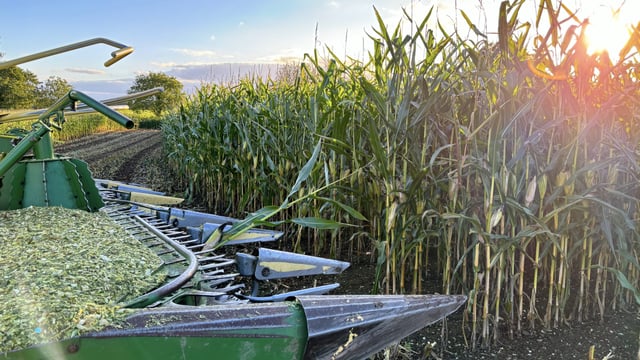Rye has the potential to take ‘take-all’ out of the equation
Rye is a cereal crop with huge potential in Ireland, especially on those farms with a significant take-all problem.
According to Seedtech agronomist, Tim O’Donovan, approximately 3,000ac of hybrid rye were grown in Ireland last year.
He commented: “It is particularly suited to lighter land, where drought can be a problem, and sites where take-all is a real challenge.
“On the back of the development work that was carried out on rye over the past 12 months, we have almost a full order book for rye seed right now.
“There is a two week time lag between growers placing an order and securing delivery of the seed they want. The last thing we want to do is disappoint customers."
The Seedtech representative confirmed that rye will feature at upcoming open days, hosted by the company and Teagasc.
This type of grain sown out over the coming fortnight should be ready for harvest by the middle of August next.
“We are talking about an eleven-month growing period. When grown on across-the-farm basis, yields should come in at around 4t/ac.
One note of caution concerning rye is the fact that Irish millers have not had that much experience with the cereal up to this point.
“Growers must find a market for the grain before sowing it,” stressed O’Donovan.
The grain is similar to wheat in terms of its appearance, although the seeds have a longer and more slender profile.
Large quantities of the cereal are fed to pigs in a range of European countries, including Germany, Denmark and Poland.
Hybrid rye can also be grown as a wholecrop silage. When used in this regard, forage quality is pretty close to that achieved with the best maize crops.
Silages made from forage rye are used to fuel anaerobic digesters across Europe.
“Rye is particularly suited to environmentally-friendly production systems, where nutrient loading levels are not as high as would be the case on intensive tillage farms," O'Donovan said.
“Crops tend to need less sprays and agrochemicals. However, this situation may change as Irish acreages of rye start to increase.”





